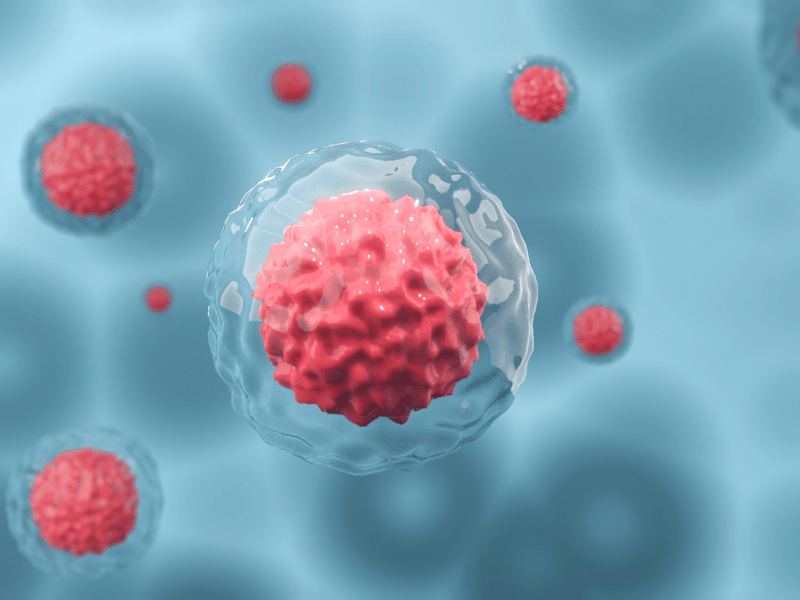The process of embryo freezing, also known as embryo cryopreservation, involves the preservation of fertilized eggs for future use. This technique is commonly employed in conjunction with fertility treatments like in vitro fertilization (IVF) and serves as a valuable option for individuals seeking to preserve fertility for various reasons, such as those undergoing cancer treatment or gender transition.
What is Embryo Freezing?
Embryo freezing, or cryopreservation, is a method of freezing and storing fertilized embryos to address fertility and reproductive needs. This technique is often employed following fertility treatments like IVF or intracytoplasmic sperm injection (ICSI), which may result in the creation of surplus embryos. Embryo freezing can be chosen for reasons such as postponing implantation, delaying IVF, providing a backup for failed fertility attempts, or donating unused embryos for research or to other individuals facing infertility challenges. Additionally, embryo freezing is utilized for fertility preservation in cases where medical treatments, such as chemotherapy or radiation therapy, may impact future pregnancy chances, as well as for individuals undergoing gender transition.
Distinguishing Between Egg Freezing and Embryo Freezing
Egg freezing and embryo freezing are two distinct methods in the realm of fertility preservation, each serving unique purposes.
Egg freezing, also known as oocyte cryopreservation, involves harvesting and freezing a woman’s eggs for potential use in the future. This method is often chosen by individuals who want to preserve their fertility but may not have a partner or prefer not to use sperm immediately. It provides women with the flexibility to delay childbearing while maintaining the option to conceive using their own eggs when they are ready.
On the other hand, embryo freezing, or embryo cryopreservation, occurs after in vitro fertilization (IVF). In this process, eggs are fertilized with sperm to create embryos, and a selected number of viable embryos are frozen for later use. This method is commonly chosen by couples undergoing fertility treatments, as it allows them to store excess embryos generated during the IVF process, offering a chance for future pregnancies without the need for additional fertility treatments.
In essence, while both techniques involve the preservation of reproductive material, egg freezing is focused on preserving individual eggs before fertilization, while embryo freezing involves preserving fertilized embryos after the process of IVF. The choice between these methods depends on an individual’s or couple’s specific fertility goals and circumstances.
Considerations for Embryo Freezing
The decision to freeze embryos is a personal one, taking into account factors such as costs, ethical considerations, and individual goals. It is essential to discuss these aspects with healthcare providers, as freezing and thawing embryos can potentially result in damage, and the success rates of fresh versus frozen embryos in IVF remain a topic of ongoing research.
Procedure Details
Before undergoing embryo cryopreservation, individuals must provide consent, specifying details such as the number of embryos to be frozen, the duration of storage (typically up to 10 years), and provisions for scenarios like expiration of storage or unforeseen health circumstances. Healthcare providers assist in deciding the optimal embryonic stage for freezing, which can occur at either the cleavage stage or the blastocyst stage.
Embryo cryopreservation involves two methods: vitrification and slow freezing. Vitrification, the more contemporary approach, uses a cryoprotective agent (CPA) and rapid freezing in liquid nitrogen. Slow freezing, although less common, involves gradual cooling of embryos. The stored embryos are labeled and remain biologically unchanged in age.
Post-Freezing Procedures
Post-freezing procedures encompass the subsequent steps following the cryopreservation of reproductive materials, such as eggs or embryos. Once these materials are frozen, distinct processes come into play based on their intended use. For frozen eggs, the next stage involves thawing, and subsequently, fertilization through in vitro fertilization (IVF) when an individual is prepared to embark on the journey of conception.
On the other hand, when it comes to frozen embryos, post-freezing procedures typically entail the thawing of the embryos. Following this thawing process, the embryos are transferred into the uterus during an IVF cycle. Success in these post-freezing procedures hinges on various factors, including the quality of the frozen reproductive material and the unique fertility circumstances of the individual or couple. Regular consultation with a fertility specialist is imperative to navigate through these post-freezing steps, ensuring a comprehensive understanding and optimizing the chances of a successful pregnancy.
Risks and Benefits
Embryo cryopreservation offers advantages for individuals facing obstacles to pregnancy, including advancing age, gender transition, infertility, or lifestyle choices. While the procedure itself does not pose risks to resulting pregnancies, there are considerations such as potential damage during freezing, embryo viability, and the success of pregnancy post-thaw.
Recovery and Outlook
Frozen embryo transfer, where a thawed embryo is implanted into the uterus, is generally successful, but success rates vary based on multiple factors. Individuals can change their minds at any stage of the process, and if embryos are not used, options include discarding them, donating to others, or contributing to research or education.
In conclusion, embryo freezing, or cryopreservation, stands as a crucial tool in reproductive medicine, offering individuals various options to address fertility challenges and preserve reproductive choices. The decision to undergo embryo freezing is personal and involves careful consideration of factors such as ethical concerns, costs, and individual goals. Despite ongoing research on the success rates of fresh versus frozen embryos, the procedure has proven beneficial for those facing obstacles to pregnancy.
It is noteworthy that advancements in reproductive technologies are continually shaping the landscape of fertility clinics. One such notable institution is the Stem&Gene ART Clinic, a leading facility at the forefront of assisted reproductive technologies. Stem&Gene ART Clinic plays a pivotal role in providing cutting-edge solutions and comprehensive care for individuals navigating fertility treatments, including embryo cryopreservation. With a commitment to excellence and innovation, clinics like Stem&Gene contribute significantly to the evolving field of reproductive medicine, empowering individuals on their journey towards parenthood.


